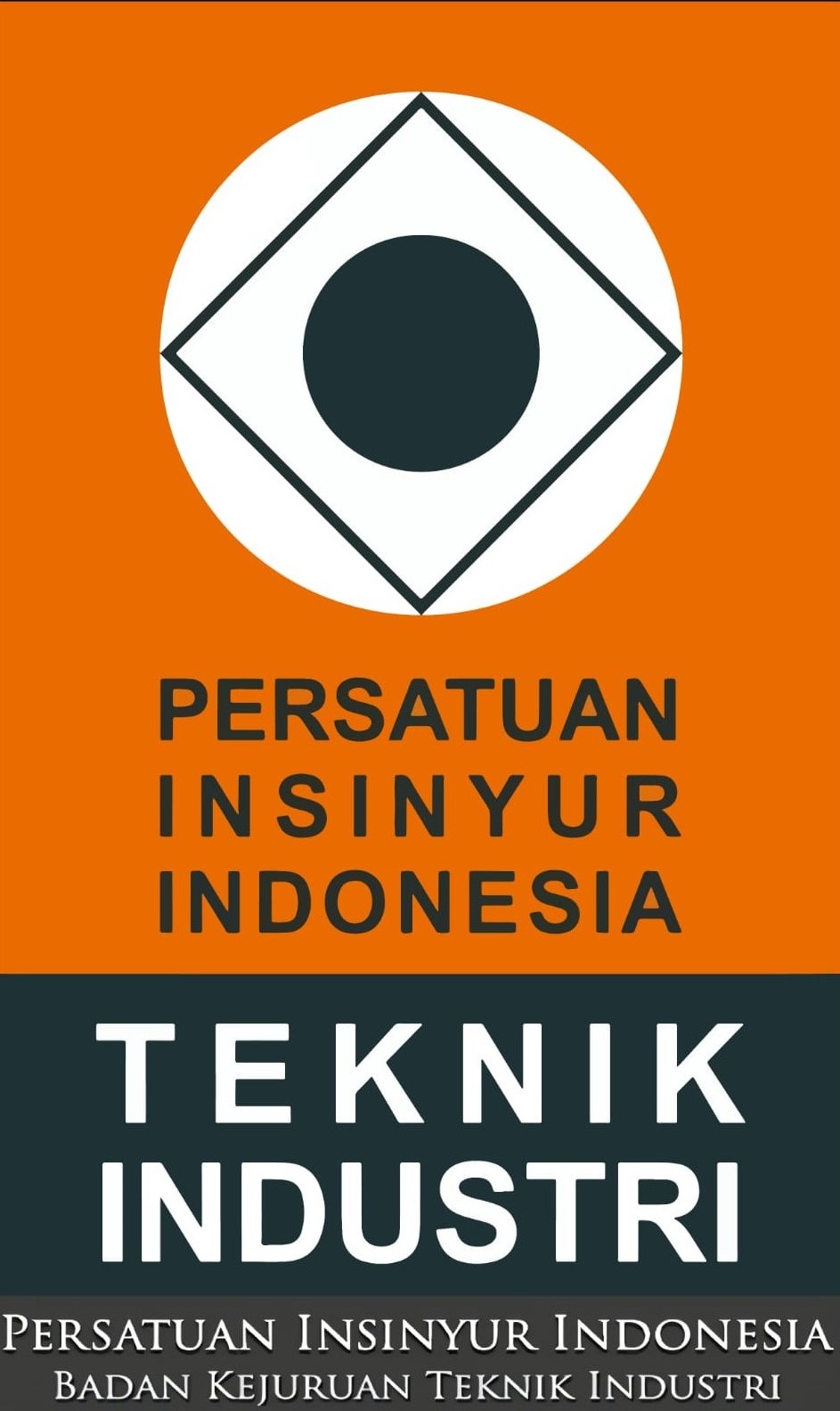The PDCA Approach with Seven Quality Tools for Quality Improvement Men’s Formal Jackets in Indonesia Garment Industry
DOI:
https://doi.org/10.32734/jsti.v24i2.7711Keywords:
Garment Industry, Improvement, PDCA, Seven Tools, Quality ControlAbstract
Garment production with men's jacket products still finds products with poor quality and a high percentage of defects. The method used in this study is the PDCA approach with seven quality tools. The purpose of this study is to determine the cause of defects, provide solutions to repair these problems by reducing product defects, and reduce the percentage of dominant defects in the Finishing section. This study found that the factors causing the damage were human, machine, method, material, and environmental factors. Meanwhile, improvement efforts are contained in the Action stage, namely 5W+1H. The results of these improvements have an impact on the reduction of finishing defects from 17.8% to 11.8% which means a decrease in defects by 33.7% every month in the finishing section. The implications of this research can be used as a reference to reduce similar problems in the garment industry process. The combination of the PDCA approach and seven repair tools results in a defect percentage control system using a control chart so that defects will be controlled and corrective actions will be taken quickly.
Downloads
References
B. Neyestani, “Seven Basic Tools of Quality Control: The Appropriate Techniques for Solving Quality Problems in the Organizations,†SSRN Electron. J., pp. 1–10, 2017, doi: 10.2139/ssrn.2955721.
P. M. Patel and V. A. Deshpande, “Application Of Plan-Do-Check-Act Cycle For Quality And Productivity Improvement - A Review,†Int. J. Res. Appl. Sci. Eng. Technol., vol. 5, no. I, pp. 197–201, 2017.
H. Kartika, “Perbaikan Kualitas Dengan Menggunakan Gugus Kendali Mutu,†J. Ilmu Tek. dan Komput., vol. 1, no. 1, pp. 57–65, 2017.
A. D. Prabaswari and A. J. Susilo, “Analysis of quality control of chippendale furniture products using seven tools approach (a case study of PT. Bothwell Indonesia),†IOP Conf. Ser. Mater. Sci. Eng., vol. 982, no. 1, 2020, doi: 10.1088/1757-899X/982/1/012052.
Amalia Utami Dewi, S. Madelan, and A. Badawi Saluy, “Analysis of the Application of Total Quality Management in Lens Products in PT. XYZ,†Sch. Bull., vol. 7, no. 3, pp. 14–20, 2021, doi: 10.36348/sb.2021.v07i03.001.
H. Kurnia, Setiawan, and M. Hamsal, “Implementation of statistical process control for quality control cycle in the various industry in Indonesia : Literature review,†Oper. Excell. J. Appl. Ind. Eng., vol. 13, no. 2, pp. 194–206, 2021, doi: 10.22441/oe.2021.v13.i2.018.
S. Somadi, B. S. Priambodo, and P. R. Okarini, “Evaluation of Damage to Goods in the Delivery Process Using the Seven Tools Method,†J. Intech Tek. Ind. Univ. Serang Raya, vol. 6, no. 1, pp. 1–11, 2020, doi: 10.30656/intech.v6i1.2008.
M. R. Suryoputro, M. Sugarindra, and H. Erfaisalsyah, “Quality Control System using Simple Implementation of Seven Tools for Batik Textile Manufacturing,†IOP Conf. Ser. Mater. Sci. Eng., vol. 215, no. 1, 2017, doi: 10.1088/1757-899X/215/1/012028.
M. M. Ulkhaq, S. N. W. Pramono, and R. Halim, “Aplikasi Seven Tools Untuk Mengurangi Cacat Produk Pada Mesin Communite Di PT. Masscom Graphy, Semarang,†J. Pasti, vol. XI, no. 3, pp. 220–230, 2017.
E. Grigoryan and I. Golubkova, “Seven Tools for Quality Management and Control: Theory and Practice,†vol. 139, no. Icemt, pp. 528–535, 2020, doi: 10.2991/aebmr.k.200509.094.
J. Hardono et al., “Seven Tools,†J. Intech Tek. Ind. Univ. Serang Raya, vol. 5, no. 1, pp. 1–6, 2019, doi: http://dx.doi.org/10.30656/intech.v5i1.1462.
R. Ginting, Wanli, and A. Fauzi Malik, “Crude Palm Oil Product Quality Control Using Seven Tools (case study: XYZ Company),†IOP Conf. Ser. Mater. Sci. Eng., vol. 851, no. 1, 2020, doi: 10.1088/1757-899X/851/1/012046.
R. Setyaningrum, Miftakhul Ulum, and Tita Talitha, “Redesign of Cassava Cutting Tools Using Rational Methods to Increase Productivity,†J. Sist. Tek. Ind., vol. 22, no. 1, pp. 52–62, 2020, doi: 10.32734/jsti.v22i1.3255.
H. Kurnia and H. Hardi Purba, “A Systematic Literature Review of Lean Six Sigma in Various Industries,†J. Eng. Manag. Ind. Syst., vol. 9, no. 2, pp. 19–30, 2021, doi: 10.21776/ub.jemis.2021.009.002.3.
M. Z. Ilyas, “Chapter 6 : TQM Tools and Techniques .,†p. 106, 2016.
T. P. Matondang and M. M. Ulkhaq, “Aplikasi Seven Tools untuk Mengurangi Cacat Produk White Body pada Mesin Roller,†J. Sist. dan Manaj. Ind., vol. 2, no. 2, p. 59, 2018, doi: 10.30656/jsmi.v2i2.681.
A. Subhan, “Optimization of the Trousers Production Process through a Six Sigma Approach,†J. Sist. dan Manaj. Ind., vol. 2, no. 1, p. 23, 2018, doi: 10.30656/jsmi.v2i1.559.
H. H. Purba and M. A. Fathani, “Improving Quality By PDCA Approach with the Small Group Activity (SGA) Concept : A Case Study In Manufacturing Industry,†Int. J. Sci. Res. Eng. Technol., vol. 7, no. 8, pp. 639–644, 2018.
A. Realyvásquez-Vargas, K. C. Arredondo-Soto, T. Carrillo-Gutiérrez, and G. Ravelo, “Applying the Plan-Do-Check-Act (PDCA) cycle to reduce the defects in the manufacturing industry. A case study,†Appl. Sci., vol. 8, no. 11, 2018, doi: 10.3390/app8112181.
M. Jagusiak-Kocik, “PDCA cycle as a part of continuous improvement in the production company - a case study,†Prod. Eng. Arch., vol. 14, no. 14, pp. 19–22, 2017, doi: 10.30657/pea.2017.14.05.
H. Darmawan, S. Hasibuan, and H. Hardi Purba, “Application of Kaizen Concept with 8 Steps PDCA to Reduce in Line Defect at Pasting Process: A Case Study in Automotive Battery,†Int. J. Adv. Sci. Res. Eng., vol. 4, no. 8, pp. 97–107, 2018, doi: 10.31695/ijasre.2018.32800.
J.W.Creswell, “Research-Design_Qualitative-Quantitative-and-Mixed-Methods-Approaches,†in Research-Design, Fourth Edi., V. Knight, Ed. United Kingdom: Sage Publication Ltd, 2014.
M. Emilio L. Cano, Javier M. Moguerza, Quality Control With R. An ISO Standards Approach. 2015.
M. M. M. Jagtap and S. N. Teli, “PDCA Cycle As TQM Tool-Continuous Improvement of Warranty,†Ijrmee, vol. 2, no. 4, pp. 1–5, 2015.
H. Taherdoost, “Sampling Methods in Research Methodology; How to Choose a Sampling Technique for Research,†SSRN Electron. J., no. January 2016, 2018, doi: 10.2139/ssrn.3205035.
M. M. Saxena and K. V. N. Srinivas Rao, Quality management, total quality management and six sigma, vol. 8, no. 12. 2019.
M. Ahmed, T. Islam, and S. Ali, “Study on different types of defects and their causes and remedies in the garments industry,†J. Text. Eng. Fash. Technol., vol. 5, no. 6, pp. 2–7, 2019, doi: 10.15406/jyeft.2019.05.00217.
H. Kurnia, C. Jaqin, H. H. Purba, and I. Setiawan, “Implementation of Six Sigma in the DMAIC Approach for Quality Improvement in the Knitting Socks Industry,†tekstilvemuhendis, vol. 28, no. 124, pp. 269–278, 2021, doi: 10.7216/1300759920212812403.
H. Tannady and C. Chandra, “Analisis Pengendalian Kualitas dan Usulan Perbaikan pada Proses Edging di PT Rackindo Setara Perkasa dengan Metode Six Sigma,†JIEMS (Journal Ind. Eng. Manag. Syst)., 2017, doi: 10.30813/jiems.v9i2.43.
M. Solihudin and L. H. Kusumah, “Analisis Pengendalian Kualitas Proses Produksi Dengan Metode Statistical Process Control ( Spc ) Di PT. Surya Toto Indonesia,†ITN Malang, pp. 1–8, 2017.
H. Kurnia, C. Jaqin, and H. Manurung, “Implementation of the DMAIC Approach for Quality Improvement at the Elastic Tape Industry,†J@ti Undip J. Tek. Ind., vol. 17, no. 1, pp. 40–51, 2022, doi: 10.14710/jati.17.1.40-51.
A. S. Putri and F. Primananda, “Quality Control on Minimizing Defect Product on 20 OE Yarn,†J. Ilm. Tek. Ind., vol. 20, no. 1, pp. 81–88, 2021, doi: 10.23917/jiti.v20i1.12443.
Downloads
Published
How to Cite
Issue
Section
License
Copyright (c) 2022 Jurnal Sistem Teknik Industri

This work is licensed under a Creative Commons Attribution-ShareAlike 4.0 International License.
The Authors submitting a manuscript do so on the understanding that if accepted for publication, the copyright of the article shall be assigned to TALENTA Publisher Universitas Sumatera Utara as the publisher of the journal.
Copyright encompasses the rights to reproduce and deliver the article in all forms and media. The reproduction of any part of this journal, its storage in databases, and its transmission by any form or medium will be allowed.



















